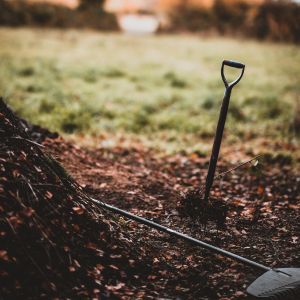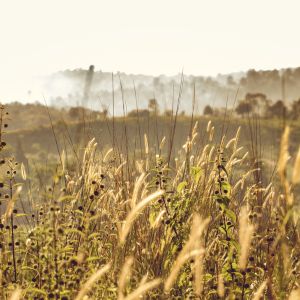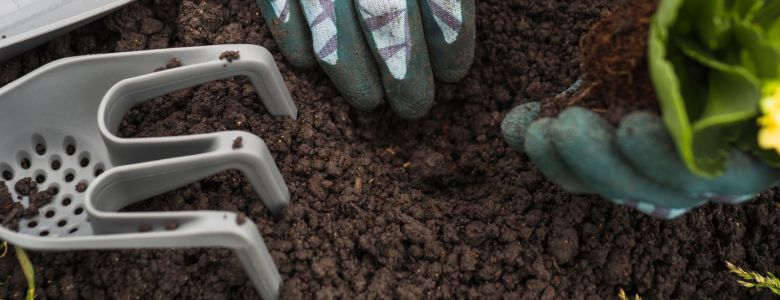Composting can seem like a complex puzzle, but we’ve simplified it for you. Here are the answers to some common questions to help you master the art of composting:
How can I compost grass clippings?
Keep grass clippings short by mowing frequently or using a mulching mower. Smaller pieces are easier to break down and less likely to block airflow. Avoid adding clippings exposed to herbicides or pesticides or from recently weeded lawns to your cold compost pile.

How to compost sawdust?
Avoid adding too much sawdust, as it can clump when moist. Spread a thin layer among other organic materials like lawn clippings, plant clippings, hay, or shredded paper.
Can I add weeds to my compost?
In hot composting, you can add weeds. Once the pile reaches 140-160°F, weed seeds are destroyed. Avoid adding weeds to your cold compost pile.
Do I need a bin for composting?
Outdoor composting doesn’t require a bin, but they are convenient. For indoor composting, a bin controls odors and speeds up decomposition.
Does compost replace commercial fertilizer?
Compost enhances soil fertility and water retention but may not provide all necessary nutrients. For specific deficiencies, consider supplemental commercial products.
What is compost tea?
Compost tea is a potent liquid fertilizer made by steeping compost in water for 24 hours. It offers a convenient way to utilize compost’s nutrients.
Is bug leachate the same as compost tea?
Bug leachate and compost tea are both potent fertilizers. Bug leachate comes from vermicomposting, while compost tea is made by adding water to finished compost.
Is homemade compost suitable for organic gardening?
Yes, if done correctly. Avoid adding chemicals, herbicides, or pesticides, ensuring the compost remains organic.
How much does compost cost?
Commercial compost prices vary but typically range from $3 to $10 for a 40-pound bag, covering 6 to 12 square feet.

Can I add pet waste to my compost bin?
Composting pet waste can be controversial due to potential pathogens. Use a hot compost pile or worm bin for pet waste, avoiding its use in vegetable gardens.
What’s the difference between scrap gardening and composting?
Scrap gardening involves growing new plants from viable vegetable waste. Composting, on the other hand, transforms fruit and vegetable scraps into nutrient-rich soil conditioner.
Can I use starter fertilizer at any time?
Apply starter fertilizer before or immediately after planting your lawn for optimal results.
Should I apply a starter fertilizer before or after it rains?
Apply starter fertilizer when it’s dry to ensure proper absorption, but a little rain afterward can help distribute it evenly.
What are the benefits of starter fertilizer?
Starter fertilizer promotes strong root development, accelerates growth, enhances nutrient efficiency, and boosts plant adaptation and disease resistance.
What’s the difference between starter fertilizer and weed and feed?
Starter fertilizer nourishes and promotes plant growth, while weed and feed products contain herbicides to control weeds. Avoid using weed and feed on young seedlings or grass.

How is general fertilizer different from starter fertilizer?
General fertilizers maintain mature plants, while starter fertilizers support young plants by providing higher phosphorus levels for root development and rapid growth.
Does starter fertilizer work for all plants?
Starter fertilizer benefits various young plants, but each species has unique nutritional needs. Consult manufacturer instructions or conduct a soil test for guidance.
How much starter fertilizer should I use?
The amount depends on your landscape size. Typically, apply 1 pound of nitrogen per 1,000 square feet, following labeled recommendations on fertilizer bags.

